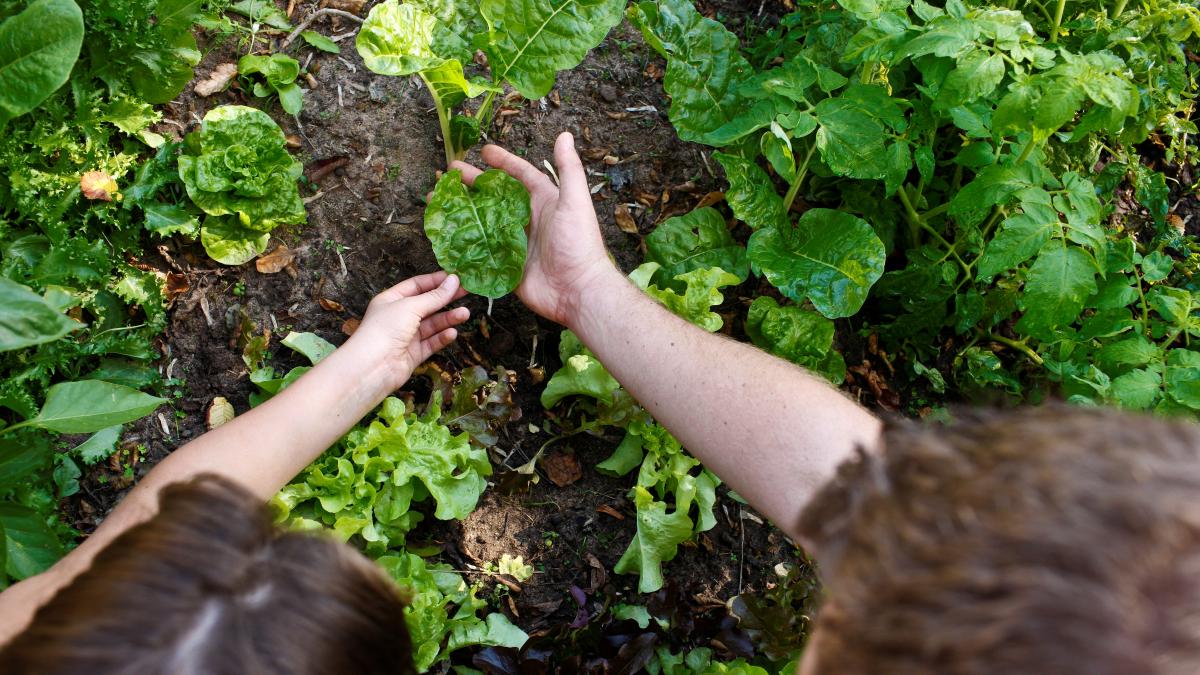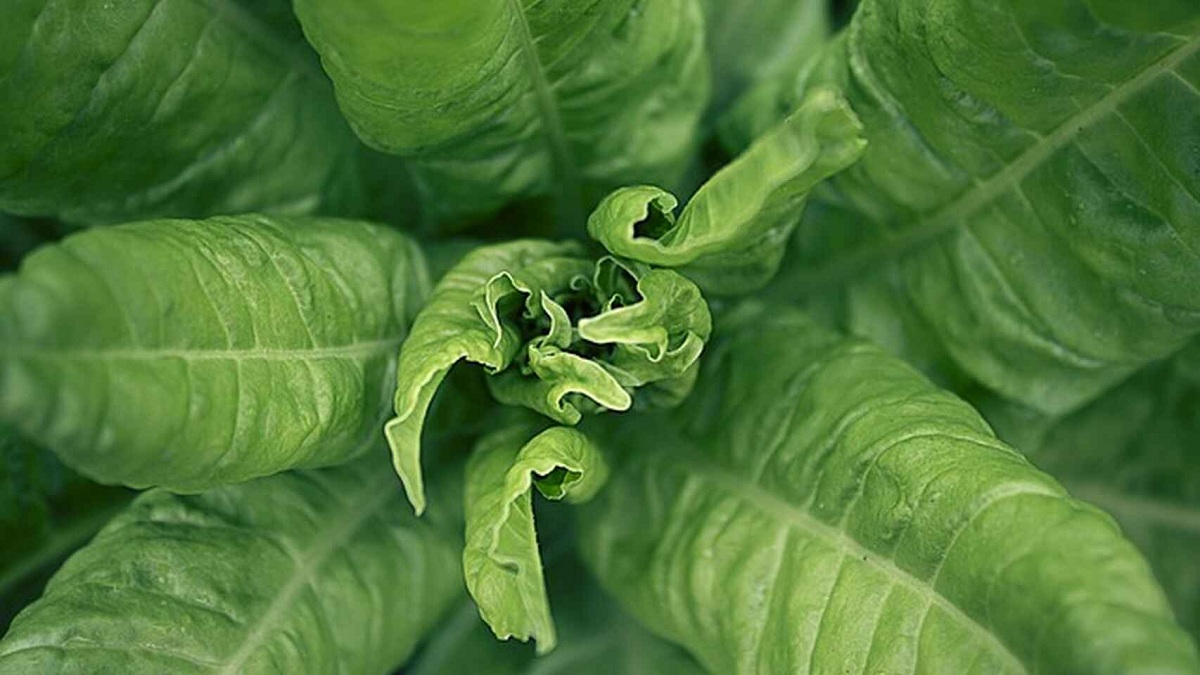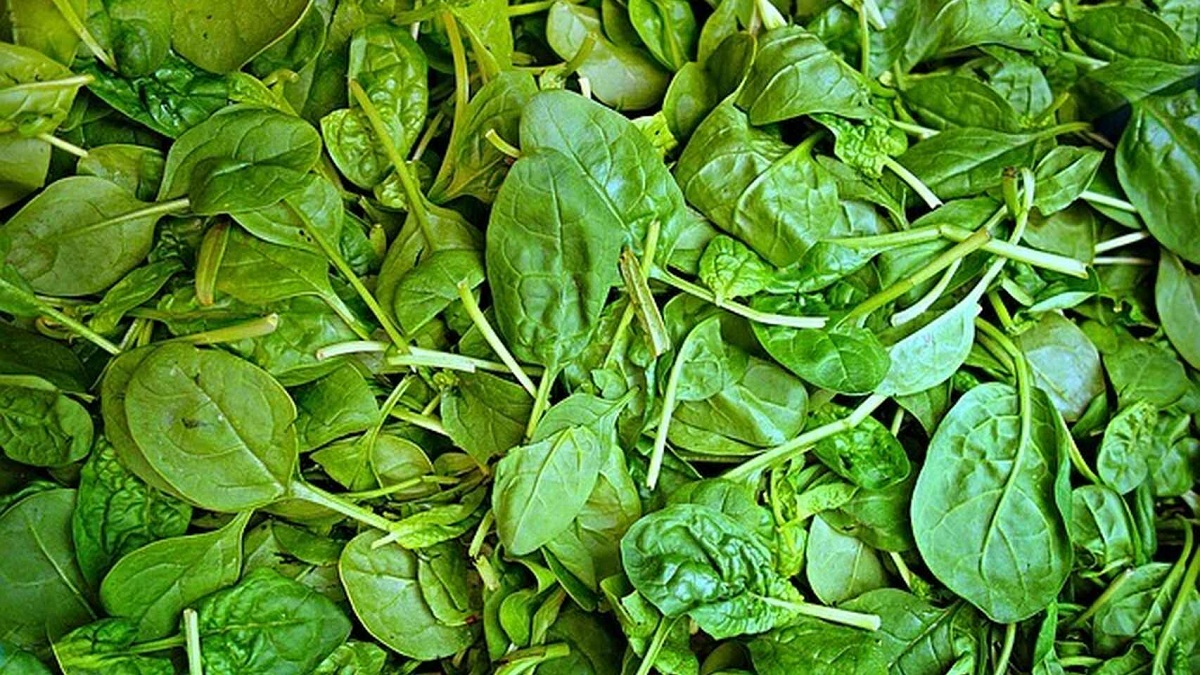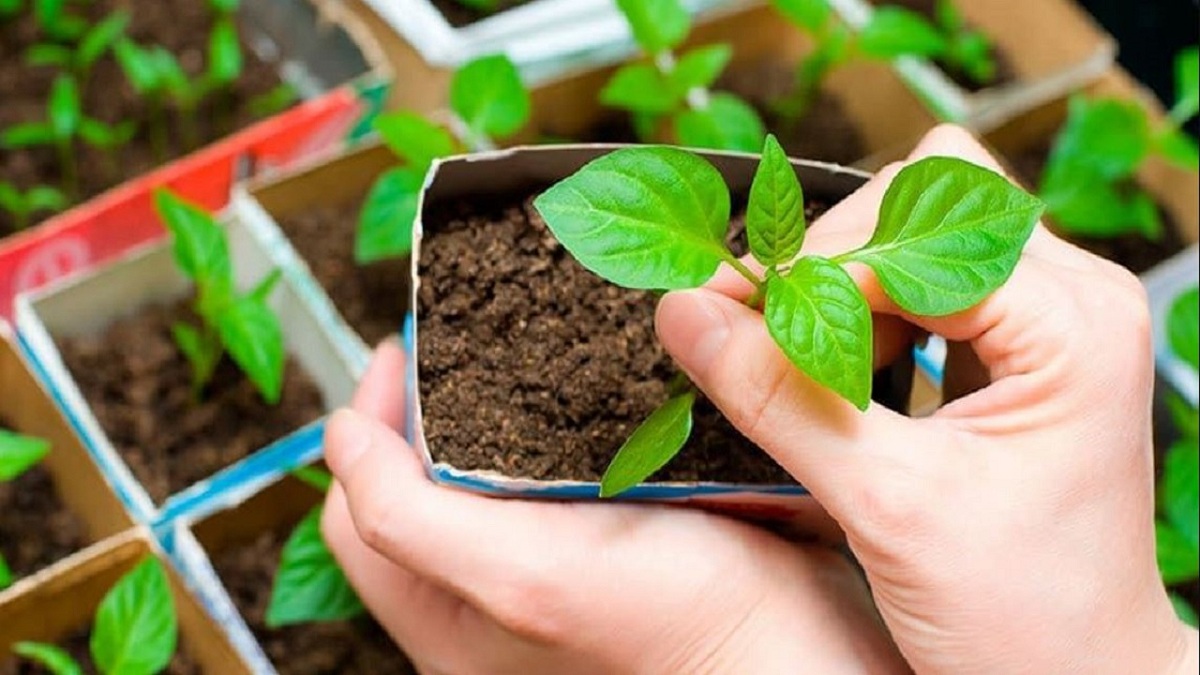
October is a month with lower temperatures and the first rains. This means less irrigation work and new opportunities to know what to plant in october. There are numerous types of crops that are well adapted to fall conditions and are beginning to thrive. You have to take into account some of the main care that you have to take if you have a home garden and want to start sowing during this month.
In this article we are going to tell you what to plant in October and what are the main care to take into account.
Requirements and tasks in the month of October
Many edible flowers can be planted in October, such as pansies, nasturtium or marigold. Edible flowers are rich in vitamins, have medicinal value and they can bring new flavors to salads. October is also an ideal month to plant bare root rose bushes. However, there are some tasks to watch for in the home garden.
Fertilize perennials
Fruit trees and shrubs, or any perennial plants, also need fertilizers, especially if they are grown in pots. Autumn is a good time because we will provide them with the nutrients that have been consumed throughout the summer.
Ideally, slow assimilation fertilizers are very rich in organic matter. Creates a long-term reserve of nutrients, improves the immune system of the plant and makes it more resistant to possible pests and, of course, more productive.
Mycorrhiza is a fungus that exists in the soil, which can improve soil fertility, increase the availability of nutrients for plants and make them more resistant to changes in temperature and humidity. In addition, they are usually mushrooms. A direct competitor of the pest has a good preventive effect on typical autumn diseases. In the case of potted fruit trees, another good idea is to renew the top layer of the substrate. Remove the old one being careful not to damage the roots and fill the pot with a good compost.
Collect leaves to build a mulch
Mulch is a layer of organic material that is used to keep the floor slightly warmer in winter and cooler in summer. It is usually made with straw, leaves or compost. It is quite useful to distribute over the entire soil surface and optimize crop yield. In the fall, good quilting materials become available. Dried leaves make an excellent mulch And when they break down, they will provide rich nutrients to the soil. At the same time it will protect the roots from the temperature changes that occur at this time of year.
If in the area where you live it usually rains a lot at this time of year, you have to take into account some aspects. The rains at this time of year can facilitate the growth of fungi in the garden. To avoid this, it is better to ensure good ventilation of the blades. After every rain it is recommended to use a fully diluted antifungal agent (like horsetail) for treatment. Heavy rains can wash away the nutrients from the substrate. Use organic-rich fertilizer after every shower, and your plants will be very popular.
What to plant in October
Chard can be grown throughout the year. The soil must be cool, deep and fertile. Start by watering regularly at intervals. The planting area is 30 × 40 cm. It is harvested after 2 months.
Borage is also planted in October. They are sown directly into the ground. They germinate between 6-10 days and are harvested after 2-4 months. They need a moist substrate, but cannot be flooded. Collect the leaves as needed. At 4 months, the plant blooms.
Calçots are actually variants of onions. They can be planted directly underground. The distance between one and the other is 25 cm. Irrigation must be spaced and really sparse. As they grow, we need to cover them with soil. They are collected after 4-5 months.
Onions can also be grown throughout the year. The soil must be light, airy and have very little organic matter. Start by watering regularly at intervals. The planting area is 30 × 15 cm. They are harvested in 3-4 months.
Although the most suitable month for planting is September, we can still plant cauliflower on time in October. You need a fertile, porous, nitrogen-rich soil. The planting shelves are separated by 60 × 70 cm. They need water and a cool place. They are collected in 6-8 months, just before the pellets start to open.
Spinach is grown in the fall and winter. The soil should be heavy, sticky, rich in organic matter, and fresh. Irrigation must be low. The planting area is 10 × 25 cm, which is an ideal crop for tight spaces. After 2 months, harvest a piece or the entire plant.
Peas are grown in winter and spring. The soil should be cool, smooth, and well-drained. Irrigation must be adequate, adequate, and well-drained. Depending on the variety, the planting is done between 30 × 50 cm or 40-60 cm. The harvest is in 2 months, once every 3-4 days.
The beans are grown in winter and spring. The soil must be clayey, calcareous, processed, but contain humus. Irrigation should not be very adequate, but it should be watered frequently. The planting area is 15 × 30 and 40 × 60 cm. It is recommended to soak the seeds a day in advance, when you have 10 to 12 beans, pinch the last sprouts. It is harvested in 2 and a half months.
Leeks are planted in winter, spring and summer. The soil should be well fertilized and slightly moist in summer. Water moderately but frequently. The planting depth is 15 × 30 cm. It is collected in a staggered manner at 4 months.
As you can see, there are a wide variety of crops that can be planted during this month. So with this information you can already know what to plant in October.


